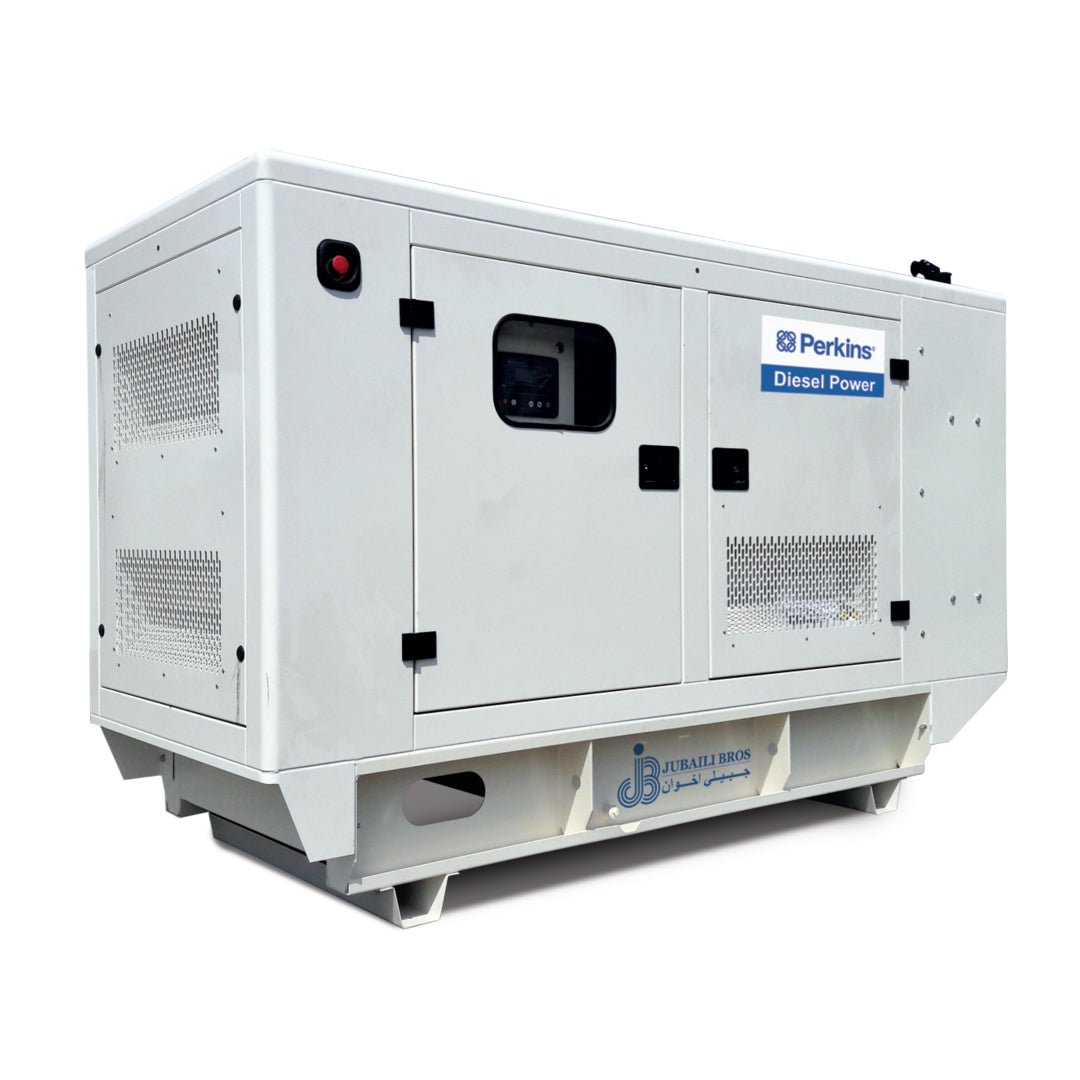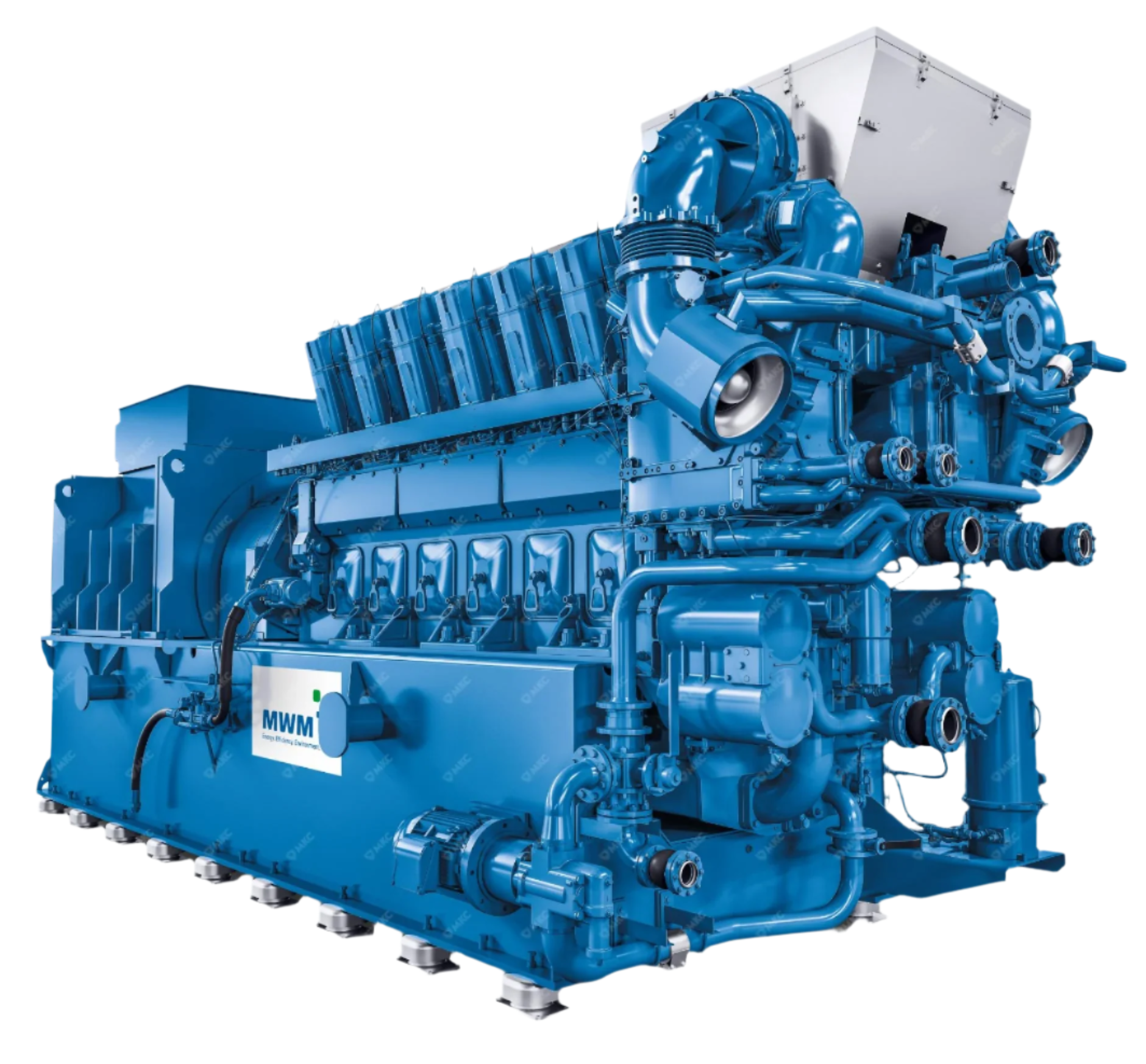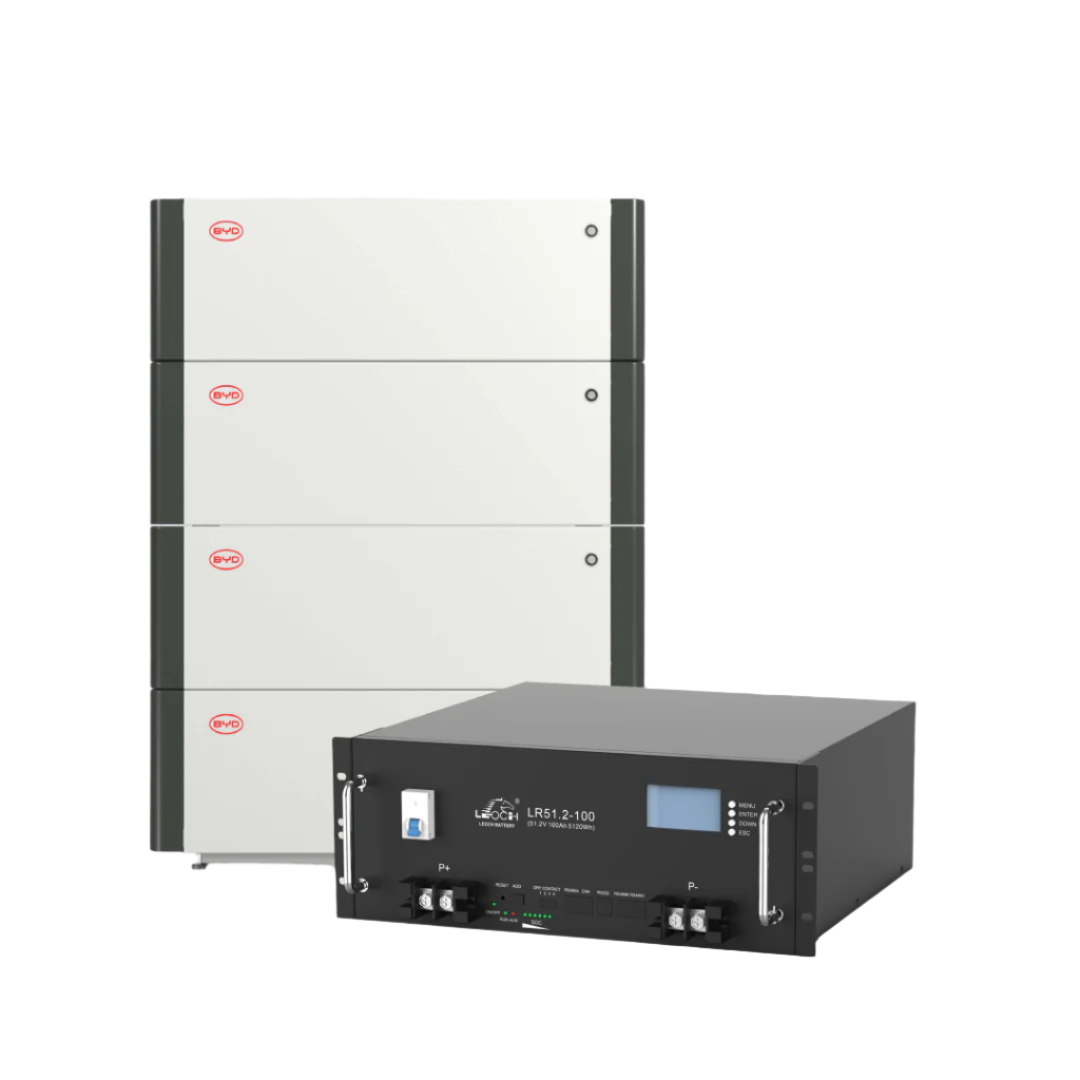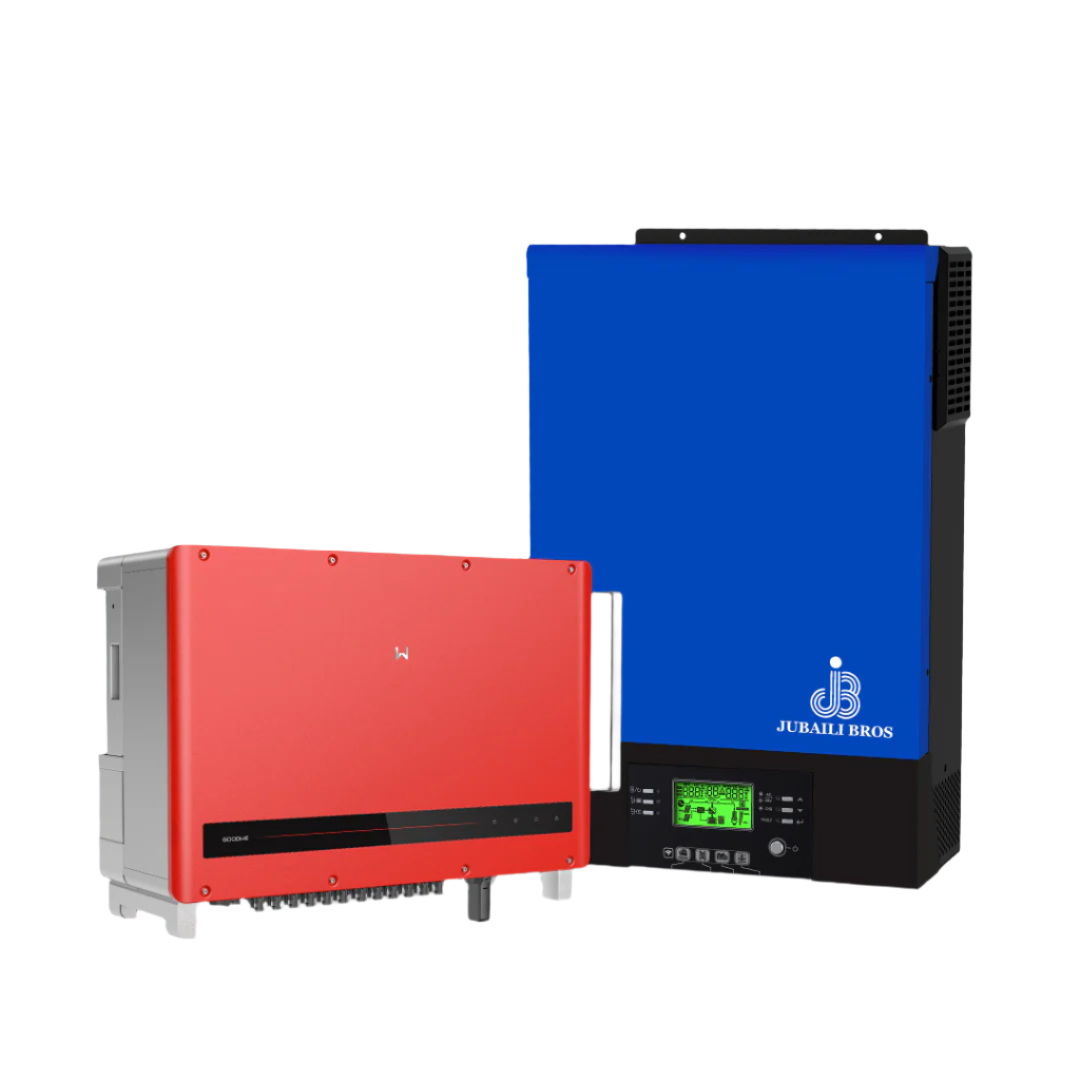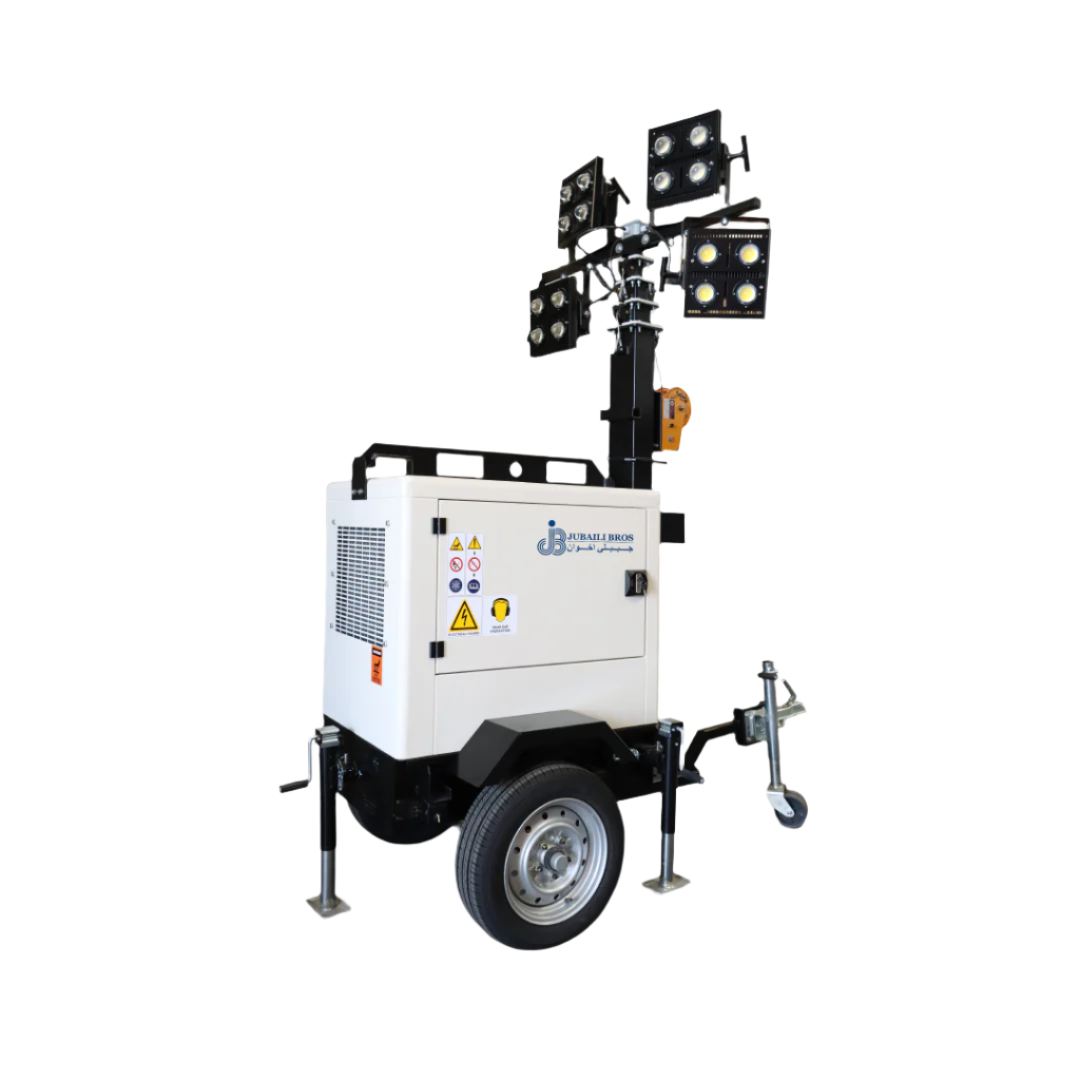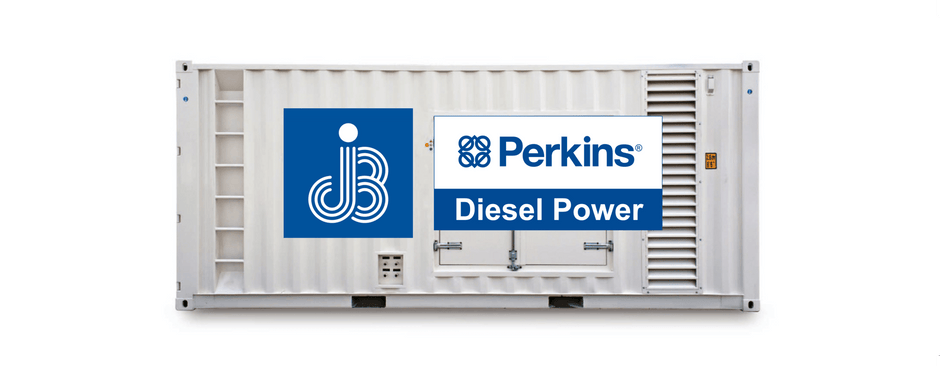Fuel is the single largest operating cost over the life of a diesel generator. Even modest standby units can burn thousands of litres each year during test runs and power outages, while prime power systems consume fuel daily like small utility plants. Understanding specific fuel oil consumption (SFOC), load efficiency, and derating factors is key to accurate budgeting, proper tank sizing, and operational cost reduction. This article outlines the concepts and calculations needed to manage fuel costs effectively.
Specific Fuel Oil Consumption (SFOC)
Manufacturers publish SFOC values in grams per kilowatt-hour (g/kWh), typically under ISO conditions: 25 °C, sea level, and zero humidity. For modern generator sets, SFOC usually ranges between 200 and 215 g/kWh. Older engines may exceed 230 g/kWh.
Using a diesel density of approximately 0.84 kg/l, this translates to roughly 0.24–0.26 litres of fuel per kWh produced.
Load Factor and Fuel Efficiency
Generator efficiency drops sharply at low loads. Below 50% load, the fixed parasitic losses from oil pumps, water pumps, and internal friction become disproportionately large compared to useful power output.
| Load (%) | SFOC (g/kWh) | Approx. l/kWh |
|---|---|---|
| 110% | 205 | 0.244 |
| 100% | 210 | 0.250 |
| 75% | 215 | 0.256 |
| 50% | 235 | 0.280 |
| 25% | 300 | 0.357 |
Quick Budgeting Formula
To estimate fuel consumption quickly, use the following formula:
Fuel (litres/hour) = (kW × SFOC) / (diesel density × 1 000)
For example, assuming an SFOC of 210 g/kWh and diesel density of 0.85 kg/l:
Fuel = (kW × 0.210) / 0.85 ≈ 0.247 × kW
A 400 kW load would consume approximately 99 litres per hour at full load.
Fuel Use by Load Level – 500 kVA (400 kW) Example
| Load (%) | Load (kW) | SFOC (g/kWh) | Fuel (l/h) |
|---|---|---|---|
| 25 | 100 | 300 | 35.3 |
| 50 | 200 | 235 | 55.3 |
| 75 | 300 | 215 | 75.9 |
| 100 | 400 | 210 | 98.8 |
| 110 | 440 | 205 | 106.2 |
Environmental Derating and Its Impact
- Altitude: At 1 500 m elevation, engine output may derate by ~15%. A generator at 50% rated load may operate at 60% throttle, consuming the same fuel as a sea-level unit at 60% load.
- Temperature: For every 10 °C above 40 °C ambient, efficiency drops ~3% due to reduced air density.
- Fuel quality: Low-cetane or cold, viscous diesel burns less efficiently, increasing fuel consumption and emissions.
Strategies to Reduce Fuel Consumption
- Operate at 70–80% load: This range delivers the best fuel economy. Consider load shedding or using multiple smaller units in parallel to maintain optimal loading.
- Integrate solar and batteries: Hybridizing the system can reduce diesel runtime by 30–70% depending on solar availability and battery capacity.
- Maintain cooling and air filtration: Clean radiators and air filters ensure proper combustion. Poor airflow can increase fuel burn by up to 4%.
- Upgrade to electronic governors: Precise fuel control during load changes reduces over-fueling during transients.
- Use fuel polishing systems: Clean, water-free diesel improves combustion and prolongs injector life.
Fuel Tank Sizing Example
For a Level 1 hospital requiring 48-hour autonomy at 75% load on a 500 kVA generator, estimated consumption is 76 l/h. Add 20% for testing and reserve margin:
48 hours × 76 l/h × 1.2 ≈ 4,370 litres
A 5,000-litre UL-142 double-wall tank is appropriate, providing space for expansion and compliance with fire codes.
Fuel Monitoring and Verification
- Install digital fuel-level sensors with ±1% accuracy; connect to DSE controllers for real-time monitoring.
- Log fuel use per kWh generated; investigate deviations greater than 5% to detect injector drift or fuel theft.
- Calibrate injectors and governors annually to maintain SFOC within OEM-specified limits.
Conclusion
Generator fuel consumption is driven by load factor, engine design, and environmental conditions. By maintaining generators properly, operating them near optimal loads, and integrating renewables where practical, operators can reduce fuel costs significantly.
Use the tools and tables in this article to guide your budgeting—or contact Jubaili Bros for a detailed site-specific fuel study and hybrid optimisation plan.







